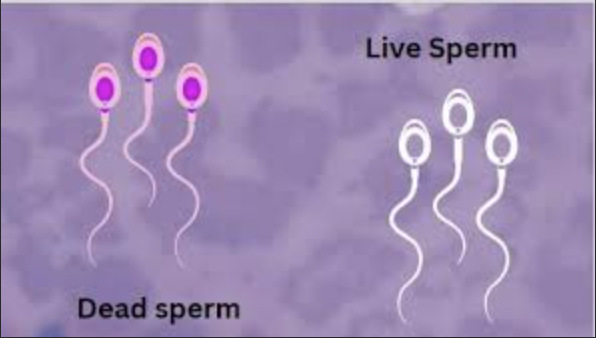Sperm Vitality Test
Prevent, Protect, Prosper
Sperm Vitality Test

This test assesses the membrane integrity of sperm, determining the percentage of live sperm in the ejaculate. While it can be performed on any sample, it is particularly recommended for cases with extremely low progressive motility. The test provides a precise evaluation of motility accuracy, ensuring that the percentage of dead sperm does not exceed that of immotile sperm. Ideally, the percentage of viable sperm should be higher than that of motile sperm.
Sperm vitality is assessed by identifying cells with intact membr`anes using a specialized dye and a hypotonic solution. The dye penetrates dead sperm with damaged plasma membranes, staining them, while live sperm remain unstained. The test is conducted after semen liquefaction and separation.
Clinically, distinguishing between immotile but viable sperm and completely non-viable sperm is crucial. A high percentage of vital but immotile sperm may indicate structural defects in the tail, whereas a high percentage of non-viable, immotile sperm (necrospermia) could suggest epididymal pathology. A sample is considered normal when at least 58% of sperm are viable.
